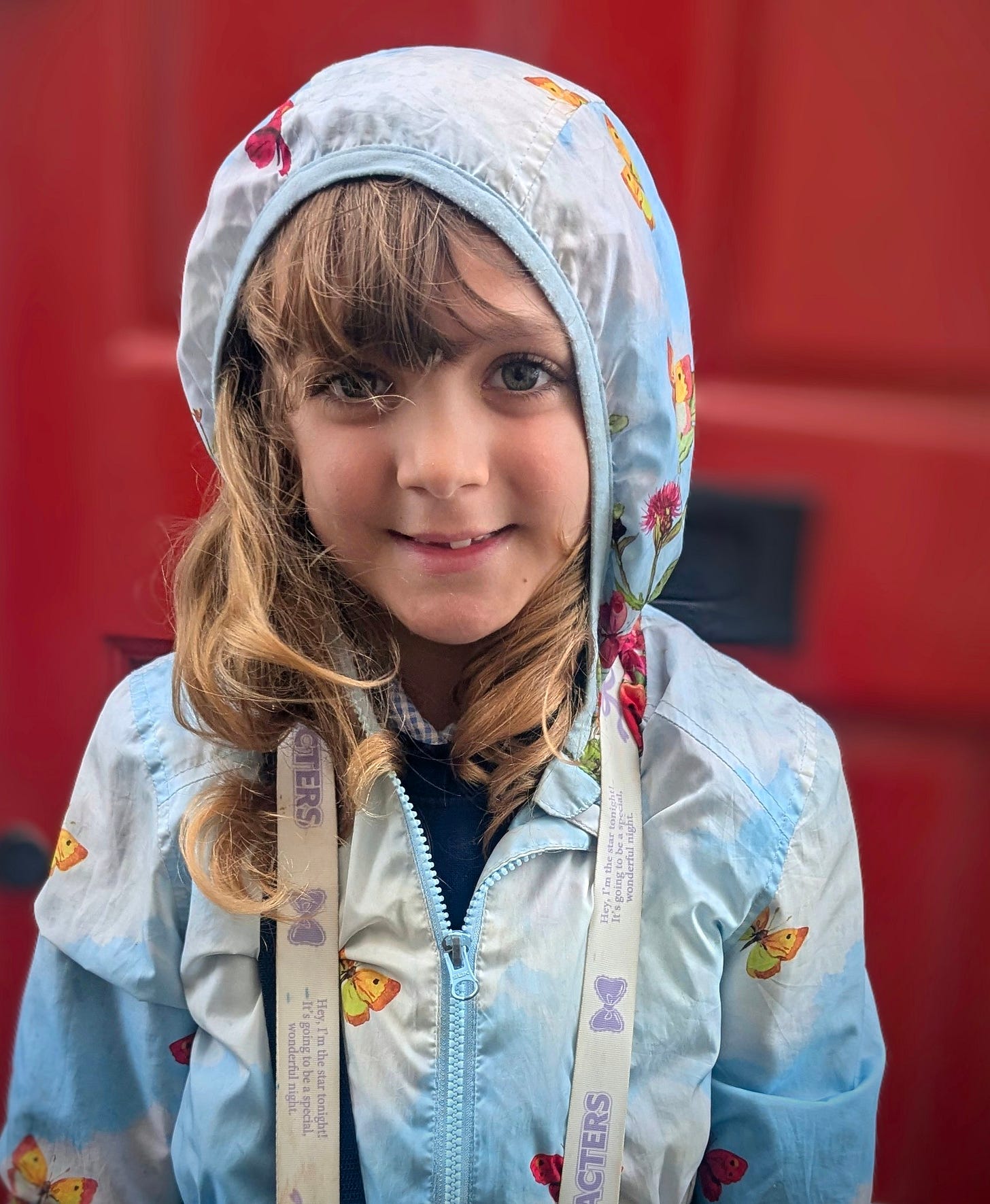Children and Laughter Without Language
Vivi & Doudou in China - August 2025 - Video Diary
This short travel video essay explores communication between two children, my grandaugther and godchild, in China - Vivi and Doudou
Before I left for China, a friend asked me to capture the sounds of the country, so I collected many. But as I listened, I also began to watch. And as a documentarian, what fascinated me most was the connection between the two six-year-olds.
They do not share the same language, yet in just a few days, they found ways to communicate, to play, to argue, to laugh, and simply be together. Without instruction, they instinctively picked up on tone, gesture, and context. Before long, Violette was imitating Doudou, and Doudou was mirroring Violette, each learning from the other in playful harmony. They often use eyebrows and hand gestures to express things to each other. It’s hilarious.
These following clips capture the magic of their play
I wish I had kept the camera on longer for this one, but the food came and it was too temping…
The Maths Class
Violette and Doudou discovered a ritual, a shared habit, as they began to exchange their ways of doing things. They delighted in books, cameras, and taking photos, and they ran wild with excitement, completely immersed in each other’s world.
Children are able to learn and communicate quickly in another language because their brains are highly adaptable and receptive to new sounds, grammar, and vocabulary. They absorb language naturally through listening, imitation, and interaction, often without consciously studying rules, which allows them to pick up and use a new language far faster than adults.
Children don’t need a shared language to connect — play is enough
Children have an extraordinary ability to learn languages. Unlike adults, we often approach language learning as a task, children absorb it almost effortlessly through their environment. This happens largely through passive engagement, simply by being surrounded by the rhythms, sounds, and expressions of another language, they begin to understand and use it.
Passive engagement happens in small, everyday moments: listening to conversations, joining in play, watching how others respond, and noticing patterns
Suddenly, after ten days, a shift happened, Vivi blended in effortlessly. I never had to intervene or explain; I simply watched as an entwined new world unfolded before them, one that will last a lifetime in memory.
Our long journeys gave them both of them time alone to reflect, watch, and observe.
Each moment revealed how children navigate connection and understanding without words, or words are simply not so important as the connection. Watching them was inspiring; their ability to understand each other so effortlessly reminded me that language barriers are far less daunting for children. In their world, understanding flows through gesture, sound, and shared play. This is true immersion, instinctive, joyful, and profoundly beautiful.
I knew, if we stayed 3 months, Violette would be speaking perfectly in Chinese
She started to dress like Doudou, and wear her hair in a similar way. The Chinese love it if you dress in the Hanfu (漢服) style - the Han people’s clothing as there is a huge revival which the above article explores. Violette was given a few sets of traditional children’s Chinese Hanfu to bring home with her. I am so happy she has such a love for travel.
On the plane home Violette told me that next year she is going to China for 4 weeks!






My dearest Carole, it was really fascinating to watch the two of them interact, to play, to exchange and to enjoy each other so much. I think we as adults, can learn so much from this. And thank you for your lovely comment, and so lovely to hear from you my dearxxxx Merci! Jeanne
Jeanne it's wonderful ! J'en ai des frissons tellement c'est beau , apaisant de les regarder jouer et d'avoir soif d'apprendre une de l'autre...